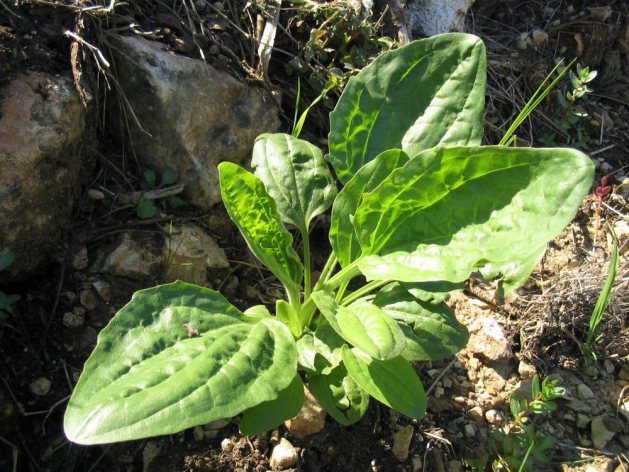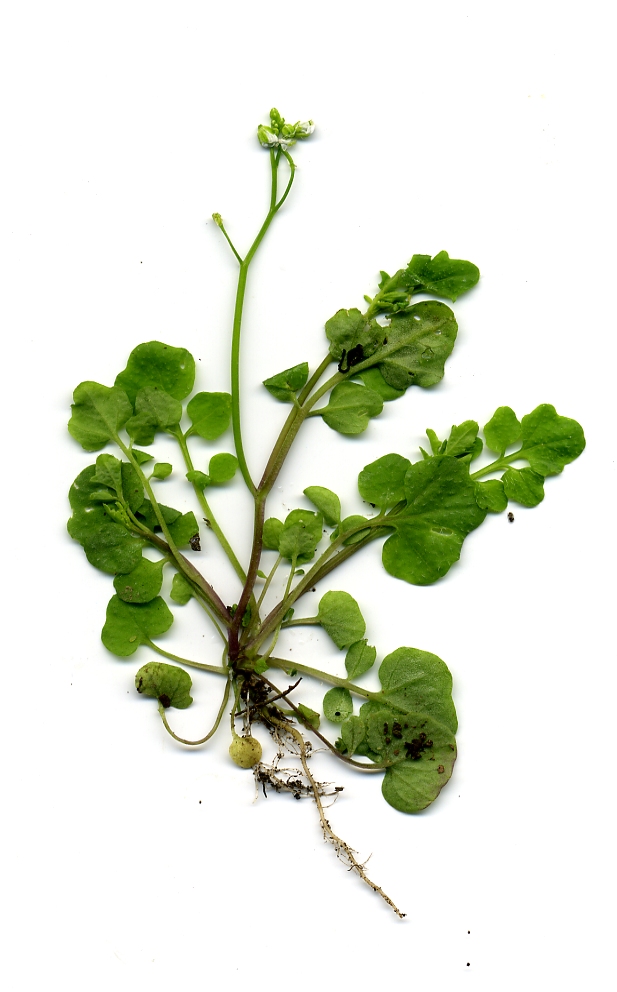by Richard Denning
What did the Anglo-Saxons know of the healing arts and what text books did they refer to if any? Today I take a look at the oldest surviving documents from Anglo-Saxon period relating to healing. This is Bald's Leechbook, The Lacnunga Manuscript and the Old English Herbarium.1. Bald’s Leechbook
Bald’s Leechbook is the only document whose content appears to reflect a fairly pure English tradition and is free of much influence from the Mediterranean world. The plant names are given in English for example. The surviving manuscript which is held at the British Museum was probably compiled in the 9th century, possibly around 850 AD. The books title is from an inscription which reads Bald habet hunc librum Cild quem conscribere iussit, meaning “Bald owns this book which he ordered Cild to compile.” Who Bald and Cild are we have no idea.Saxon Traditions and the Christian Faith
What is interesting is that although this book was written during the mid Anglo-Saxon period when Christianity was well established, it is clear that many beliefs from the earlier pagan religions were still held as well as the new faith. This is shown by these examples of illness caused by dark-elves whom the Saxons believed attacked people during the night or by relations with the devil.
For elf sickness, a leechdom…one must sing over the plants before one takes them and one must place them under an altar.
Make a salve for the elvish race and nightgoers and the people with whom the devil has intercourse.
Some interesting methods of treatment
For palsy, if the mouth be crooked or deficient, take coriander, crush it into a woman’s milk and put it in the healthy ear. Here they seem to be talking about what we today call Bell’s Palsy which causes paralysis and dropping of the side of the face. Not sure what putting milk in the other ear would do.
For Lice, give him boiled cabbage to eat often having fasted overnight, he will be protected from lice. Not sure how that was meant to work – unless the smell of boiled cabbage drove the lice away!
For that one be moon mad, take a dolphin’s hide, make it into a scourge, beat him with it, he will soon be better. Maybe I won't suggest this one to my patients.
For if a man’s skull be wrenched, lay the man out flat, drive in two pegs at the shoulders then lay a broad crosswise over the feet , then strike on it thrice with a hammer and it will go aright shortly. Or else I guess the patient would have broken legs and be unable to run after you!
Not entirely without basis
Despite these more outlandish treatments, areas where the Saxons had remedies that often do make sense is either in the creation of salves and ointments for external wounds – using herbs with known antiseptic effects or sometimes drinks for internal consumption for gripes, abdominal pains and vomiting.
For gripes and ache of the lower abdomen take bethony and wormwood, marche, radish, fennel, pound them and put into ale. Drink a cupful.
Here wormwood does have known effects on suppressing harmful abdominal bacteria whilst fennel has antispasmodic effects and can impair a fever and both are used in herbal remedies today.
9th Century League Tables?
If a man be hacked and you may have to cure him, if you see that he be facing towards you when you go in, then he may live; if he be facing away, do not attend him. – Bald’s Leechbook. The 9th Century way of avoiding treating patients likely to die! In today’s world such a man would affect your ranking on surgeon’s league table so don’t be touching him! I wonder if a similar thing is going on here. A healer’s reputation is important then as now after all.
2. The Lacnunga Manuscript
The Lacnunga is a collection of medical texts and prayers, written in a mix of Old English and Latin. It is found in a larger codex of manuscripts in the possession of the British Library. This manuscript was probably compiled in England in the late tenth or early eleventh century. It appears to be the work of at least two writers. One wrote mainly in English and the other in Latin. The word Lacnunga is old English for "remedies" and was name given to this collection by a 19th century collector. The Lacnunga has no particular order or organisation It is almost a scrapbook of ideas, remedies, cures and prayers -- rather like a cook book passed down through generations with each cook adding their own notes.
It does however contain one entry of great significance. It contains the text of the Nine Herbs Charm. The charm is intended to be an antidote to poison and to heal infection. It contains both Pagan and Christian elements and details the Nine Sacred Herbs of Woden/Odin. It may have been written during the Pagan era and edited by Christian monks.Therefore it probably predates the Christian era and give us a glimpse of healing beliefs from the early Saxon period.
For Woden took nine glory-twigs,
he smote the the adder that it flew apart into nine parts.
Now there nine herbs have power against nine evil spirits,
against nine poisons and against nine infections:
Against the red poison, against the foul poison.
against the yellow poison, against the green poison,
against the black poison, against the blue poison,
against the brown poison, against the crimson poison.
Against worm-blister, against water-blister,
against thorn-blister, against thistle-blister,
against ice-blister, against poison-blister.
Against harmfulness of the air, against harmfulness of the ground,
against harmfulness of the sea.
If any poison comes flying from the east,
or any from the north, or any from the south,
or any from the west among the people.
Woden (later Christ) stood over diseases of every kind.
3. The Old English Herbarium
This is an English translation of an original Latin text from around the 9th century. Four old English manuscripts still survive. This book takes a different approach to the other two. Rather than listing medical ailments and then specifying cures, this is more like a Pharmacopedia or a formulary in that it lists the plants and then says what they can be used for:
For example--
LXX The Herb Crision that is clover
1. For pain of the gums
LXXVI Herb solate that is nightshade
1. For a swelling 2. For pain in the ears 3. For toothache 4. For blood coming from the nostrils.
In conclusion
Although many of the remedies listed in these early text books are of extremely doubtful value what we see here is an early attempt in the Anglo-Saxon world to put together a formal approach to medicine. It also gives us a fascinating glimpse of the mindset where many ills are blamed on the works of the Christian devil, or the pagan elves, dwarves and other denizens -- a mindset that would last for well over a thousand years in some cases.
~~~~~~~~~~~~
Richard Denning is the author of the Northern Crown Series of historical novels set in the late 6th and early 7th centuries. He also visits schools and local historical societies giving lectures on the early Anglo-Saxon era.





